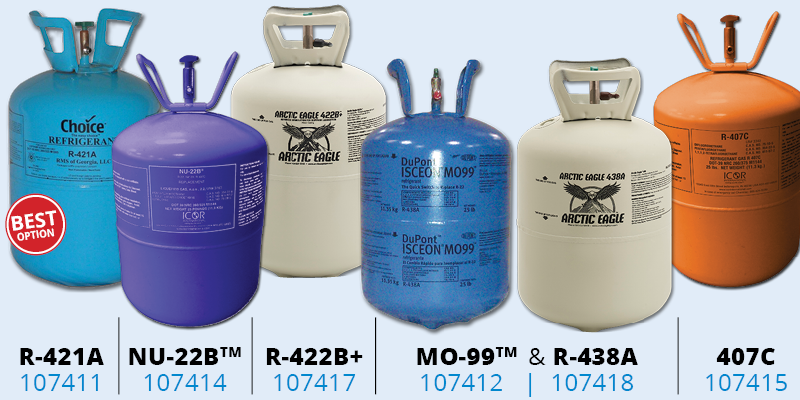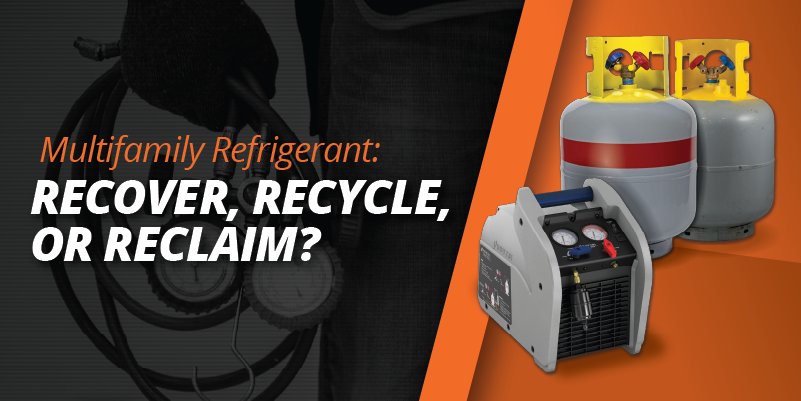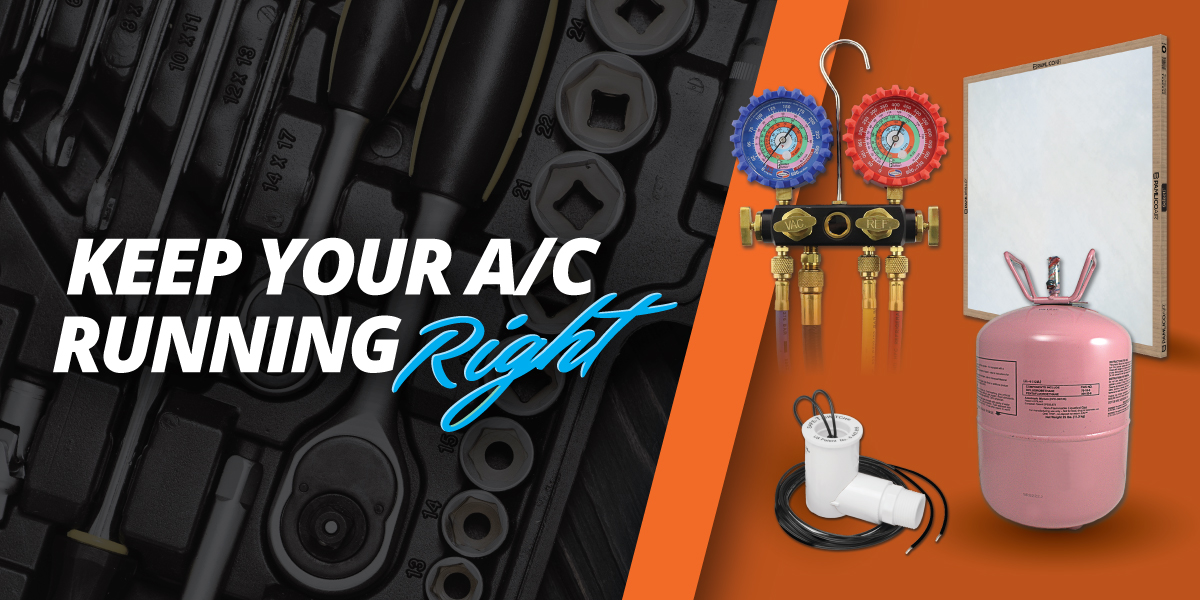3 Tips to Conserve Refrigerant
Prices for refrigerant are at an all-time high. Now, more than ever, focusing on ways to conserve refrigerant should be at the forefront of those servicing R-22 units.
1. Stop Topping Off Leaks
Use a dye kit or leak detector to find the leak and repair it.
-OR-
Try a product such as A/C Leak Freeze to seal pinhole leaks. Then (and only then) should the system be recharged.
Do not "top off" refrigerant.
Even if you have selected and only use one type of refrigerant, bear in mind that all of the R22 replacement refrigerants are blends. Every time you top off or add new refrigerant to a system that has a leak - you have no way to know how much of which component of the blend was lost in the leak. Adding in more of the original blend only further changes the mixture in the system. This may not cause problems in the short term but, assuredly, changing or watering down the blend of refrigerant in the system will cause a problem down the road and could shorten the life of the unit.
2. Recover and Reuse Refrigerant When You Can
When it’s time to change out units, as long as there has not been a compressor burnout, make sure to properly evacuate and recover any old
refrigerant.
Using a new recovery filter will help clean the refrigerant and it will be perfectly fine to use it in another unit on property.
3. Use Your Chosen Refrigerant Properly
It may be tempting to find a less expensive alternative refrigerant, but that doesn’t mean it is the best choice.
For 410A, there is no alternative; so conserve where possible.
For R-22 there are many alternatives (NU-22B, R-438A, MO-99, 407C, 421A, R422B+); however, they are not created equal.
There is no "drop in" refrigerant.
If your property uses multiple refrigerants, they CANNOT be used interchangeably and should never be mixed in one unit. If you need to use a different refrigerant, first evacuate and flush the system before adding in the new refrigerant.









